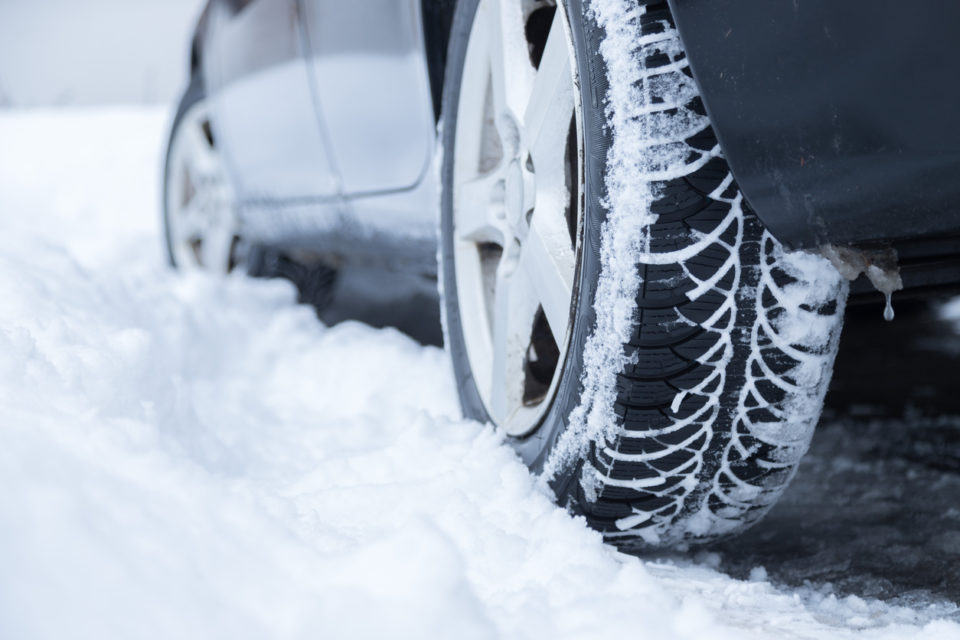
Driving on ice and snow is scary and rightly so. When you’re driving on ice and snow, your tires can’t get the same amount of traction they get when you’re driving on dry pavement. For that reason, you should alter your driving techniques to fit the situation. Use this lesson from Car and Driver to prepare for driving in snowy conditions.
Equip The Right Tires
The first precaution you should take when driving in snowy conditions is having the proper tires equipped. Make sure you have winter tires or snow tires mounted on your vehicle as soon as the temperature starts to drop. If you’re looking for snow tires in Fredericksburg, Virginia, visit Huber Motor Cars parts center.
Drive Smoothly
Even with snow tires equipped, the traction your tires have on the road is tenuous. Don’t make jerky movements, brake too fast, or accelerate quickly. Keep your wheel as straight and steady as you can, and when you speed up or slow down, do so gradually.
Look Far Ahead
Because you need to make changes in speed and direction gradually, you should look as far ahead as possible. Start slowing down long before you reach your next turn and pay attention to the road ahead. You should allow yourself two times as much stopping distance when you are driving on wet pavement. When you drive on snow, allow triple the stopping distance, and four times as much distance when driving on ice.
Heed Your Warning Lights
There is an amber light on your dashboard with the depiction of a car with two squiggly lines behind it. This is called your stability control system warning. If you’re driving in a straight line when this warning light comes on, it means that your wheels are beginning to slip. You should gradually take your foot of the gas to allow your tires to regain traction.
You might also like: 5 Fun Things To Do In Fredericksburg
Asses Your Traction Regularly
In addition to heeding your stability control system warning, you should manually check your traction often. You can do this by using a method called brake testing. First make sure there are no vehicles behind you. Then slowly apply your brakes. If you hear the brakes clattering but you don’t feel your vehicle slowing down, it means that the road beneath you is too slick and you have very little traction.
Keep all of these tips and guidelines in mind whenever you are driving in snow or ice.
Disclaimer: The stock image is being used for illustrative purposes only, and it is not a direct representation of the business, recipe, or activity listed. Any person depicted in the stock image is a model.
